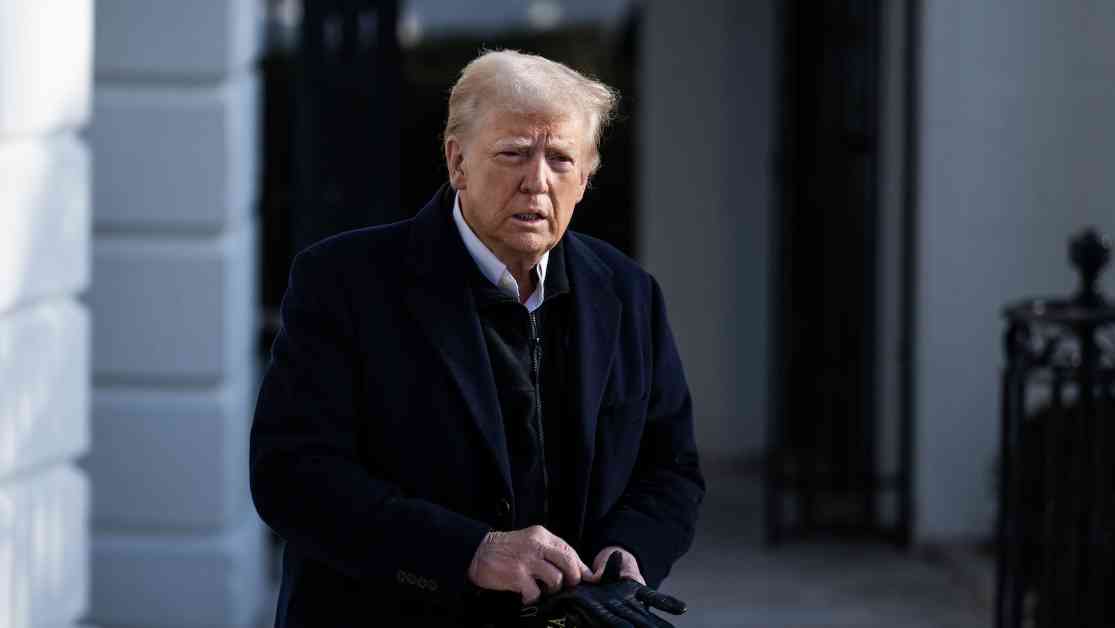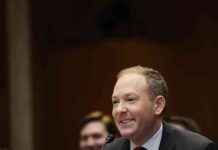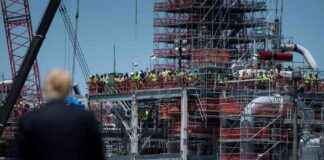Trump’s Executive Action Shakes Offshore Wind Industry
In a surprising turn of events, President Donald Trump issued an executive action on his first day in office that sent shockwaves through the budding offshore wind industry in the United States. Trump fulfilled a campaign promise by pausing new permits and lease sales for wind energy on federal lands and waters, citing a dislike for windmills in the country.
Implications for Renewables and Climate Targets
The impact of Trump’s executive action extends far beyond the offshore wind industry itself. Trade unions and low-income port communities that were relying on construction jobs from these projects will be left disappointed. Coastal states’ climate targets will face challenges, and the prospects for grid reliability in the face of growing energy demand are dimmer.
Expert Insights and Legal Ramifications
Renewable energy expert Daniel Kammen from the University of California, Berkeley highlighted the climate value of offshore wind as a form of carbon-free energy. He emphasized its role in the power grid alongside solar energy and onshore wind, calling it “a form of storage.” The uncertainty surrounding projects that have already received leases and permits raises concerns about their future.
Potential Legal Battles and Environmental Concerns
The executive action mandates a review of existing wind energy leases, signaling a potential legal battle over permits awarded to projects like Revolution Wind, South Fork Wind, Coastal Virginia Offshore Wind, and the Maryland Offshore Wind Project. The Trump administration’s stance on defending these permits could set a precedent for future challenges and regulatory decisions.
Hope Amidst Uncertainty in the Industry
Despite the ambiguity and challenges posed by Trump’s actions, there is still hope for stakeholders in the wind industry. Some experts suggest that the administration’s legal calculus may consider the broader implications of its decisions on offshore drilling permits. The uncertainty leaves room for interpretation, with stakeholders cautiously optimistic about the future of offshore wind under the new administration.














